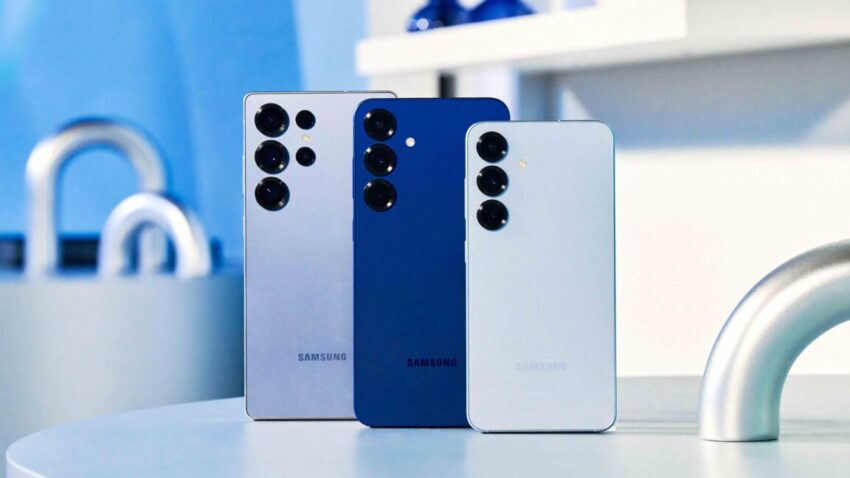
hackers can steal 2fa codes and private A new vulnerability in Android devices allows hackers to covertly steal two-factor authentication (2FA) codes and other sensitive data in under 30 seconds.
hackers can steal 2fa codes and private
Understanding the Pixnapping Attack
Named “Pixnapping” by a team of academic researchers, this attack exploits a significant flaw in how Android handles app permissions and screen data. The attack requires the victim to install a malicious application on their device, which can be disguised as a legitimate app to bypass user suspicion. Once installed, the malicious app can read data displayed on the screen of any other app without needing extensive system permissions.
How Pixnapping Works
The mechanics of Pixnapping are both sophisticated and alarming. The attack begins when the malicious app invokes specific Android programming interfaces that trigger targeted applications—such as authenticator apps or messaging platforms—to display sensitive information on the screen. This could include 2FA codes, location data, or private messages.
Once the targeted app displays this information, the malicious app employs graphical operations to analyze individual pixels on the screen. By exploiting a side channel, the app can map the coordinates of these pixels to the corresponding letters, numbers, or shapes displayed. This allows the attacker to reconstruct sensitive information displayed on the victim’s screen.
Demonstrated Vulnerability
The researchers have successfully demonstrated Pixnapping on popular devices, including Google Pixel phones and the Samsung Galaxy S25. While these devices were the focus of their tests, the researchers believe that the attack could be adapted to work on a variety of other Android models with some additional effort. This adaptability raises concerns about the widespread vulnerability across the Android ecosystem.
Mitigations and Limitations
In response to the discovery of Pixnapping, Google released mitigations aimed at reducing the attack’s effectiveness. However, the researchers have indicated that modified versions of the attack can still function even when these updates are installed. This highlights a critical gap in the security measures currently in place and underscores the need for more robust solutions.
Implications for Users
The implications of Pixnapping are significant for Android users. With the increasing reliance on 2FA for securing online accounts, the ability for attackers to easily intercept these codes poses a serious risk. Many users assume that the additional layer of security provided by 2FA is sufficient to protect their accounts, but Pixnapping undermines this assumption.
Moreover, the attack can also compromise other sensitive information, such as location timelines and private messages. This could lead to identity theft, unauthorized access to personal accounts, and other malicious activities. Users may not even be aware that their data has been compromised until it is too late.
Stakeholder Reactions
The discovery of Pixnapping has drawn reactions from various stakeholders, including cybersecurity experts, device manufacturers, and Android users. Many cybersecurity professionals have expressed concern over the vulnerability, emphasizing the need for users to be vigilant about the apps they install on their devices.
Device manufacturers, particularly Google and Samsung, are under pressure to address this vulnerability effectively. As the primary developers of the Android operating system, they have a responsibility to ensure that their devices are secure. The fact that existing mitigations have proven ineffective against modified versions of the attack raises questions about the robustness of their security protocols.
User Awareness and Best Practices
In light of the Pixnapping vulnerability, it is crucial for users to adopt best practices to safeguard their devices and personal information. Here are some recommendations:
- Install Apps from Trusted Sources: Only download applications from reputable sources, such as the Google Play Store, and avoid third-party app stores that may host malicious software.
- Review App Permissions: Before installing an app, review the permissions it requests. Be cautious of apps that ask for unnecessary permissions that do not align with their functionality.
- Keep Software Updated: Regularly update your device’s operating system and applications to ensure you have the latest security patches and features.
- Use Strong Authentication Methods: Consider using hardware-based 2FA methods, such as security keys, which are less susceptible to interception compared to software-based methods.
- Educate Yourself: Stay informed about the latest cybersecurity threats and vulnerabilities. Awareness is a key component of effective security.
The Broader Context of Mobile Security
The Pixnapping attack is part of a broader landscape of mobile security challenges that have emerged in recent years. As smartphones have become integral to daily life, they have also become prime targets for cybercriminals. The increasing sophistication of attacks, such as Pixnapping, underscores the need for continuous improvement in mobile security measures.
Mobile devices store vast amounts of personal information, including financial data, health records, and private communications. As a result, the stakes are high for both users and developers. Cybersecurity experts emphasize that the responsibility for securing mobile devices lies not only with manufacturers but also with users who must take proactive steps to protect their information.
Future Directions in Mobile Security
As the threat landscape continues to evolve, it is essential for both manufacturers and users to adapt their strategies. Device manufacturers must invest in more robust security protocols and conduct thorough testing to identify vulnerabilities before they can be exploited. This includes not only addressing known vulnerabilities but also anticipating potential future threats.
On the user side, education and awareness will play a critical role in mitigating risks. As cybercriminals become more adept at exploiting vulnerabilities, users must remain vigilant and informed about the latest threats and best practices for securing their devices.
Conclusion
The discovery of the Pixnapping attack highlights a significant vulnerability in Android devices that can lead to the theft of sensitive information, including 2FA codes and private messages. While mitigations have been introduced, the effectiveness of these measures remains questionable, and users must take proactive steps to protect themselves. As the mobile security landscape continues to evolve, both manufacturers and users must adapt to the changing threat environment to ensure the safety of personal information.
Source: Original report
Was this helpful?
Last Modified: October 14, 2025 at 3:36 am
1 views















